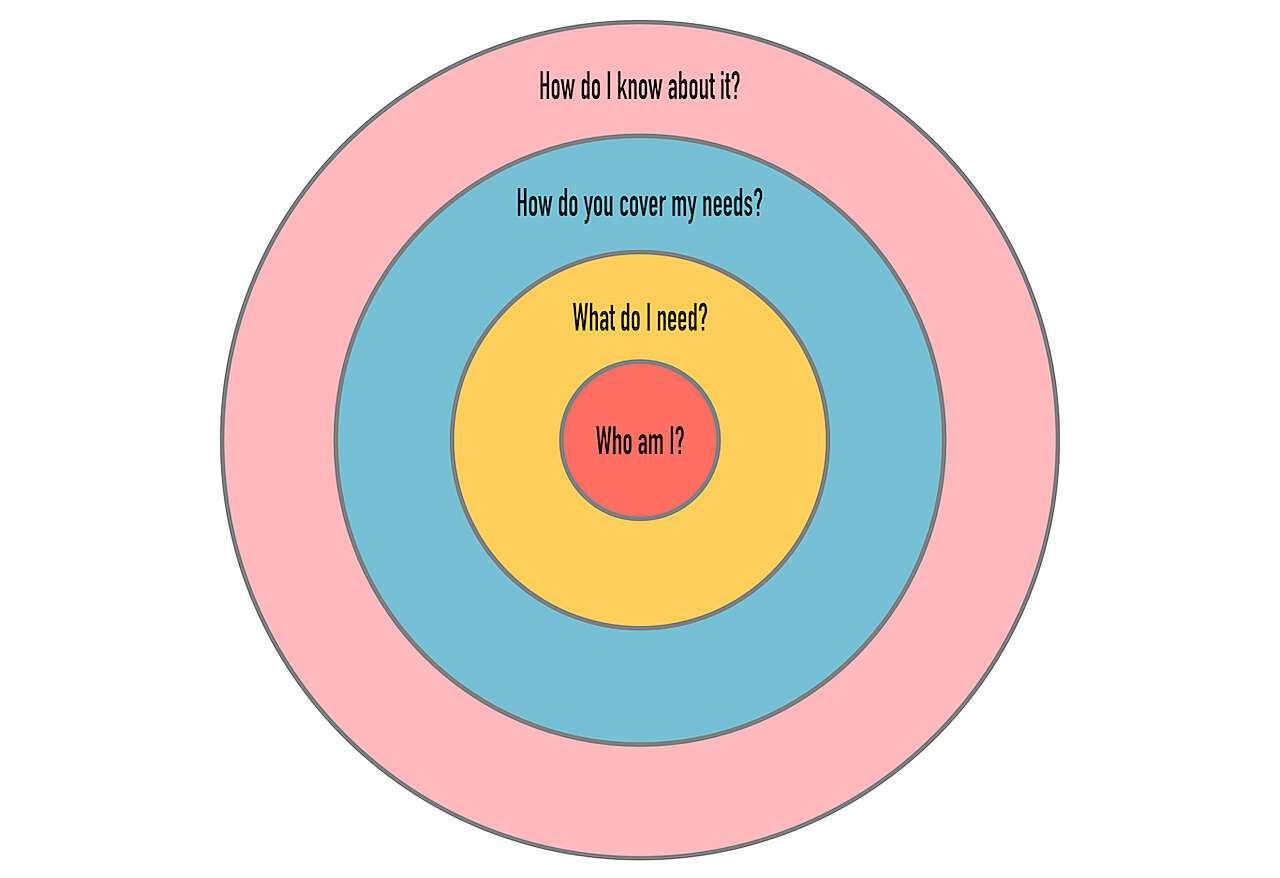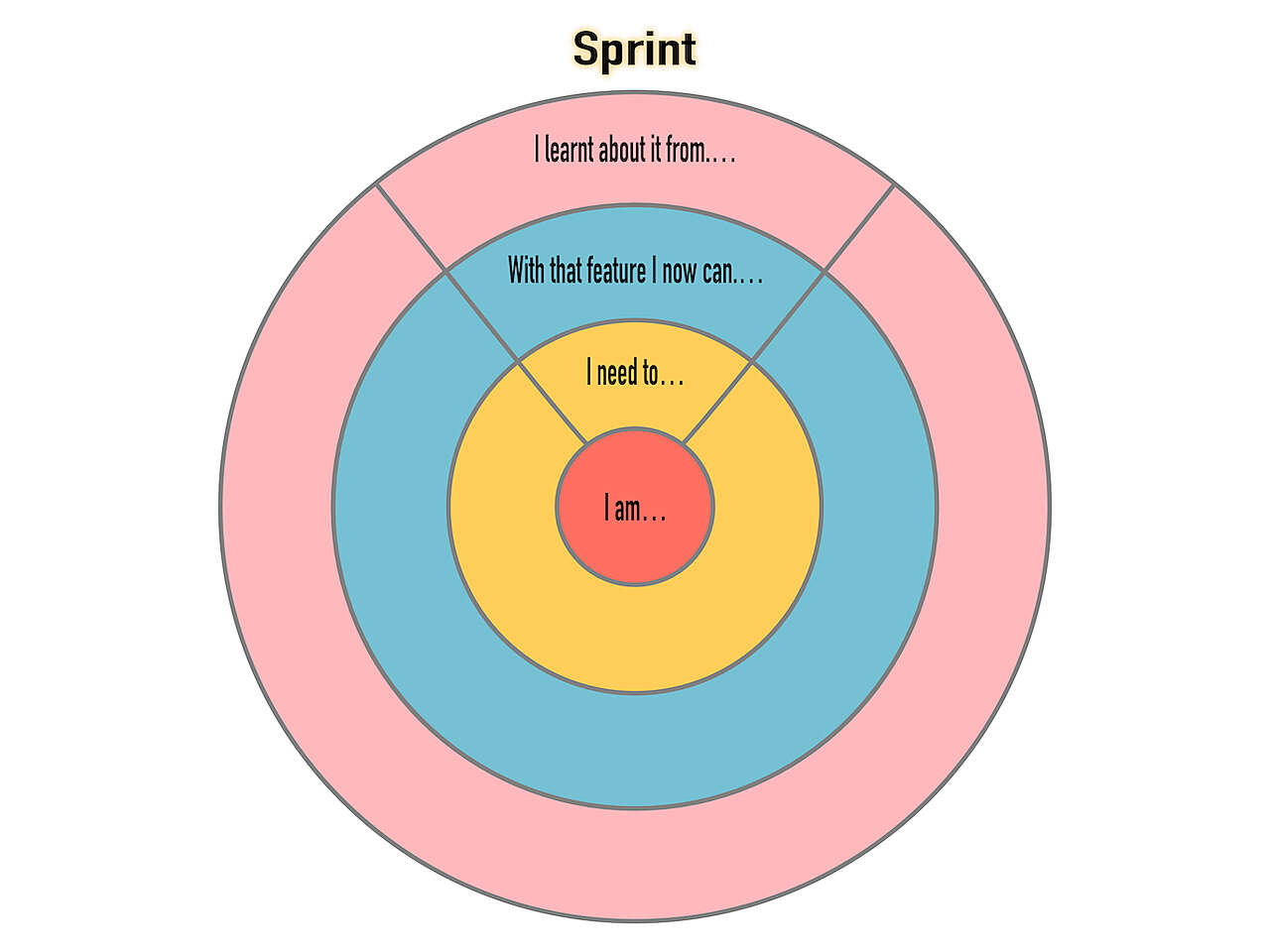Hustling is the most effective type of marketing. Talking to other people about products and services you love. Becoming passionate and spreading the word around. Surfacing products in the competitive landscape by gradually building trust and bias around choices. All that for free.
Great products and user experiences inevitably lead to hustling. Things worth talking about. But how can one get there?
It makes no sense to build cool features no-one (or very few) will use. Take a moment and think how Apple does product design and marketing. How they are using technology innovation (e.g. M1 CPU) to unlock potential. Apple never competes on features and hardware specs. They compete on how their technology and products change people’s lives. They focus on the “Persona” impact. And they are a trillion dollar company.
Persona Driven Design (PDD)
There are tons of resources on how to do product design around Personas or Humans-centric design, such as Mike Giannakopoulos excellent “Manage your app personas easier with a single core goals”.
In this post, I would like to share my own version, a practical approach on how to select the next product feature that matters. How to prioritize and be picky around tons of ideas and voices lurking around your product roadmap. Build something that makes sense. And help people discover it.
The framework follows a simple thought process around four basic principles:
- Identify your product personas and put them on the spot.
- For each persona: map their needs, their struggles, why they possibly signed-up for.
- Locate & document existing or potential new features covering those needs.
- Make it super easy to discover why that feature matters, tell a story.
There is no such thing as a generic “User”
…unless your product is so simple, offering value to one single persona.
Related post by Mike: No more “user”, say “person” instead
Does a generic iPad user exist, so that Apple can build the next version around it?
Not really. There are:
Not really. There are:
- Students, using iPad for lessons
- Designers, using Apple Pencil to sketch
- Bibliophiles, using iPad as a book reading device
- Developers, building apps for the platform
- … and the list goes on
Each persona has different needs and the marketing around selling the next iPad can vary based on one or more key personas.
Key takeaway: Identify the core personas using your product or service.
Put yourself in your persona’s shoes
Having the potential personas written down, put your primary persona on the spot. Build empathy around them, understand their needs. Do your homework and get ready to answer the tough questions:
- What are their core traits?
- Why did they possibly sign-up for in the first place?
- What are they looking for?
- What are their struggling points?
Key takeaway: Rate how important those needs are, related to the business you are offering.
Build features around solutions
Having discovered what a persona needs, and kinda sorting out how relevant they are with your offering, it is time to start building new features or improving existing ones, around the need you are trying to cover.
Having that "next" feature in mind, what is the “change” you are trying to make to that persona? How would their life be better, AFTER that feature?
Apple Watch has a heart rate detector (the feature). Combining that sensor with a notification system that continuously monitors your heart rate for arrhythmias and prompting you to take action when something is looking off, is the “solution” people with heart problems are looking for. Bingo.
Key takeaway: Next time a person in your team comes with the next cool idea for your product, try to resonate it with a persona’s -real- need. If you cannot do that, move along.
Tell me a story
You have identified your persona, created empathy around their role and built some cool features that could change their lives. Great. Now it’s time to tell a story around it. Make it easy to discover your next big thing.
This is where marketing (in a wide sense) comes into play. How does this persona get to know about it? Things to consider:
- Pay attention to the copywriting of the feature. Every word matters.
- Iterate on the UI/UX. Select simple over complex.
- Tell a story on the marketing website. Craft a case.
- Zoom in and spread the word. Videos on feature deep dives, blog posts etc.
All the above, but... having that very very specific persona in mind. Forget about the generic user. Make it personal.
Key takeaway: Be specific, as if trying to convince that specific persona, in person.
Making progress
With one specific persona in mind, evaluate what is important and create a slice to work on your next iteration, sprint, release. Take that feature to the end and create traction and outcome.
Leverage the same techniques on sales calls. Understand the persona on the other side, and focus on telling a story around their specific needs. Be picky. Hit a nerve.
—
Nikos Vasileiou

